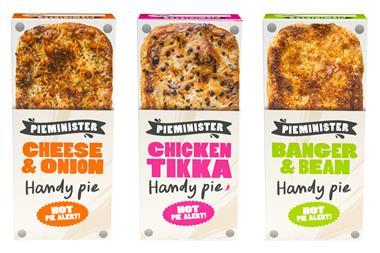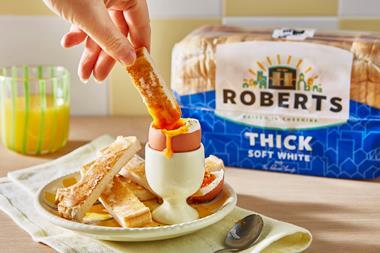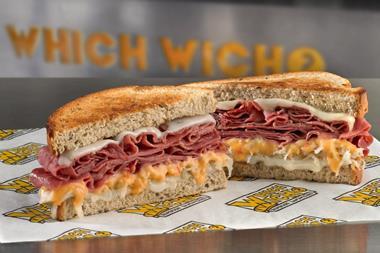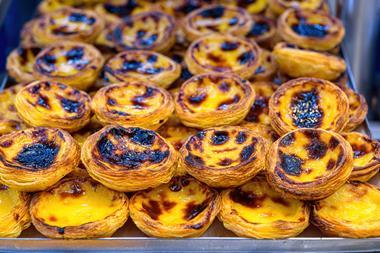Pukka Pies has teamed up with food historian Seren Evans Charrington-Hollis to reveal its top five favourite facts about the humble pie ahead of British Pie Week (5-11 March).
The early “pyes” were predominantly meat pies
In the 12th century, the need for nutritious, long-lasting food that was easy to store and carry, particularly at sea, was initially solved by taking livestock along with a butcher or cook. Needless to say, the ships quickly became pretty cramped, so a solution was found – a crust! The hardened pastry packages were not necessarily eaten – think of them as disposable medieval Tupperware.
Originated in ancient Rome
Although early dishes that bear a resemblance to a pie have been around since the ancient Egyptians, the idea of enclosing a filling inside a sort-of-pastry made from flour and oil actually originated in ancient Rome. The first published recipe featured a decadent rye dough filled with goat’s cheese and honey.
The pastry was not originally made for eating
Where nowadays, the pastry and filling are both eaten, the original pie pastry case was actually known as a coffin and its purpose was simply to hold the filling. It used to be stiff and inedible.
The common phrase “to eat humble pie”
It may be thought of as being derived from its humble status, but in fact, the phrase derives from umble pie, which was a recipe containing the chopped or minced innards of an animal. The phrase has simply evolved by chance as an idiom over the years.
The world’s largest ever meat pie weighed 10,540kg
It contained 5,500 kg of British braising beef. This impressive pastry specimen was made by 17 catering students from Stratford-upon-Avon College on 12 April 1998.
































No comments yet